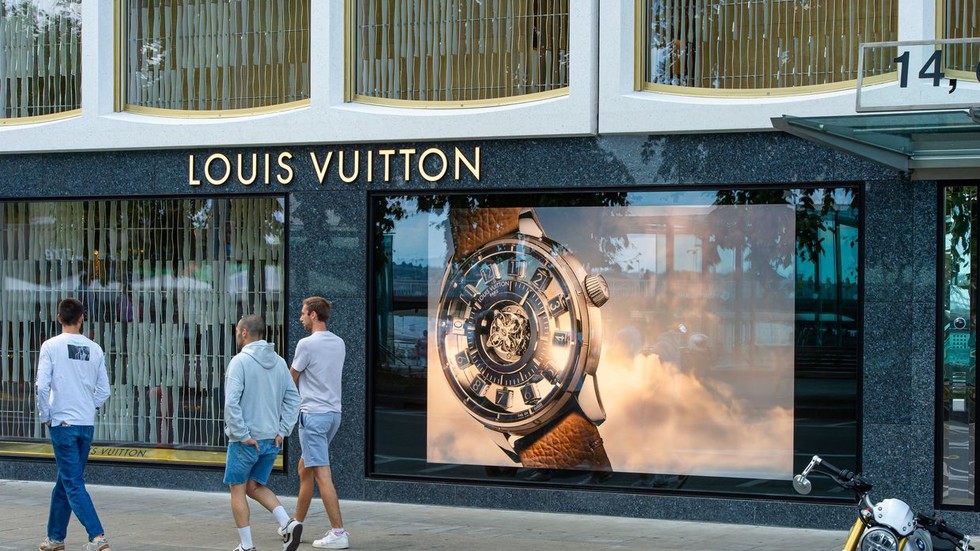Luxury retailers in Europe and Japan are grappling with significant sales declines as shifts in currency values and geopolitical policies deter spending by two key tourist groups: American and Chinese travelers. Once pillars of growth for high-end brands, these shoppers have sharply reduced overseas purchases in 2025, according to a Financial Times report, reversing the boom seen just a year earlier.
Last year’s surge in luxury sales, driven by favorable exchange rates, has faded. Chinese tourists capitalized on the yen’s 30-year low to flock to Japan, while a robust U.S. dollar encouraged American consumers to splurge in Europe. This dynamic shifted abruptly as the yen gained strength and the dollar softened, partly due to tariffs imposed by former U.S. President Donald Trump. The resulting economic pressures have led to a 9% organic drop in second-quarter sales for LVMH’s fashion and leather goods division, which includes Louis Vuitton and Dior. “Spending by American tourists slowed down very strongly,” said LVMH CFO Cécile Cabanis, noting that weakened demand in Japan could not be compensated by local buyers.
Analysts warn the downturn may deepen. Bernstein, an investment firm, revised its 2025 luxury sector forecast from 5% growth to a 2% contraction, citing potential ripple effects from Trump’s tariffs on imported goods. Luca Solca, a Bernstein analyst, linked the slump to years of aggressive price hikes by brands that outpaced inflation. “Luxury consumers are still looking for value,” he said, emphasizing that Chinese tourists visiting Japan are motivated by affordability, not leisure. “Too many brands pushed too many price increases.”
While some industries respond to slowing demand with discounts, luxury giants like LVMH have resisted markdowns to protect their premium positioning. This strategy prioritizes exclusivity over volume, even as the sector’s customer base shrinks. A Bain & Company report revealed the global luxury audience fell from 400 million to 350 million between 2022 and 2024, attributing the loss to economic volatility and escalating prices.
The cooling appetite for luxury goods underscores broader challenges: brands must balance profitability with accessibility while navigating volatile exchange rates and geopolitical headwinds. With tourist spending—a critical revenue driver—in flux, analysts suggest the industry’s resilience will depend on adapting to evolving consumer priorities and macroeconomic realities.
